Breaking the Cycle of Relapse with MAT
Relapse is a significant challenge in the treatment of substance use disorders, particularly opioid addiction. Medication-Assisted Treatment (MAT) stands as a promising solution, combining pharmacotherapy with psychosocial support to mitigate the risk of relapse and enhance recovery outcomes. While the stigma around MAT often clouds its perception, evidence underscores its effectiveness in diminishing cravings, stabilizing brain chemistry, and improving retention in treatment programs.
Understanding Medication-Assisted Treatment (MAT)
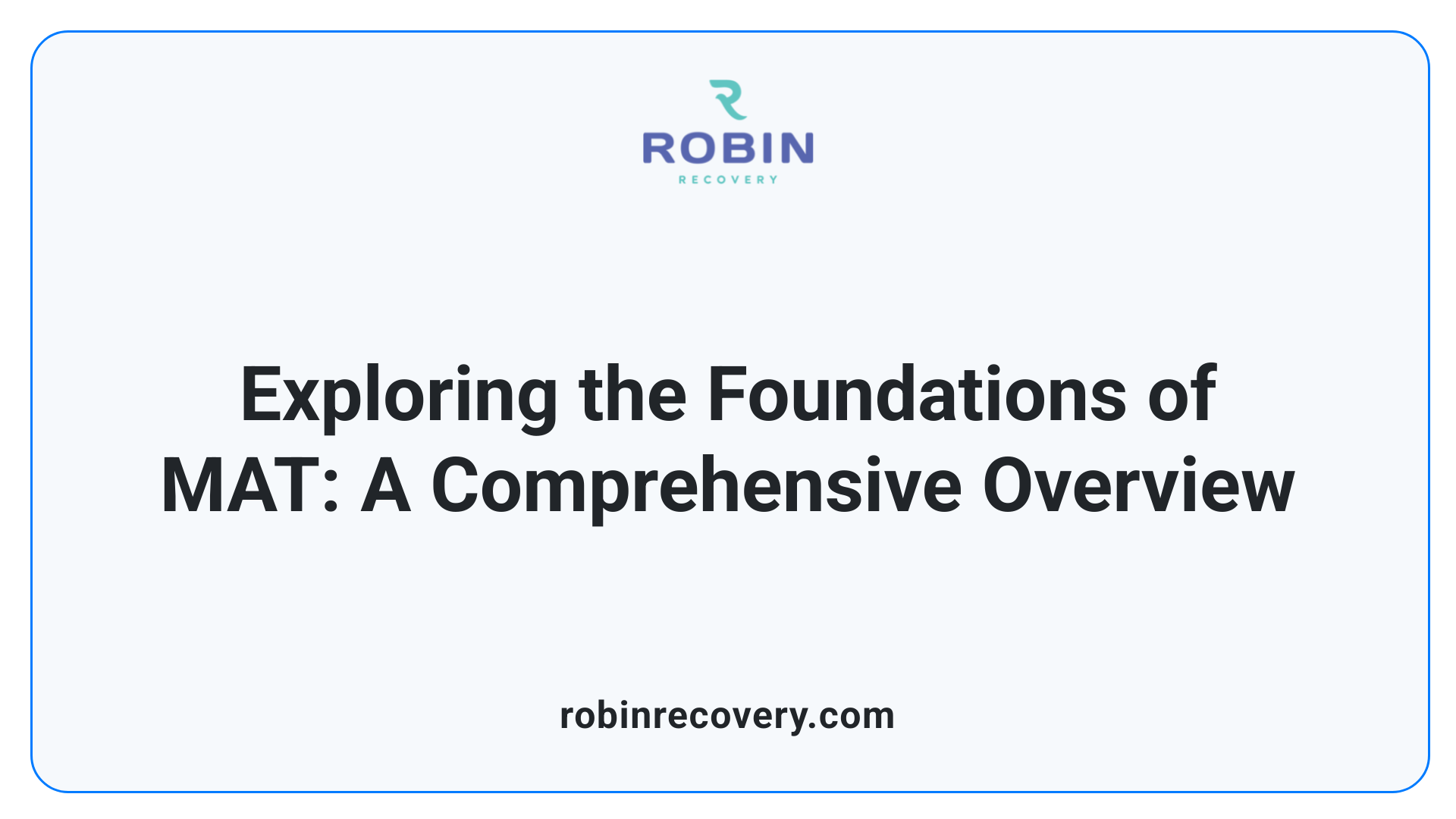
What is Medication-Assisted Treatment (MAT) for substance use disorders?
Medication-Assisted Treatment (MAT) is an evidence-based approach that combines medications with counseling, behavioral therapies, and peer support to treat substance use disorders, particularly opioid use disorder (OUD). MAT helps manage withdrawal symptoms, reduces cravings, and restores normal brain function, ultimately aiming to prevent relapse and support recovery.
Components involved in MAT
The core components of MAT include:
- FDA-Approved Medications: Common options include Methadone, Buprenorphine (often combined with Naloxone), and Naltrexone. These medications serve various roles, such as alleviating withdrawal symptoms, blocking euphoric effects, or regulating brain chemistry to reduce cravings.
- Counseling and Behavioral Therapies: These interventions are essential for addressing the psychological aspects of addiction, providing coping strategies, and improving motivation.
- Peer Support: Engaging with peers can enhance support networks, fostering a sense of community and shared experience.
Role in substance use disorder treatment
MAT has a significant impact on recovery success. It is linked to:
- Reduced Relapse Rates: Evidence suggests that MAT lowers the chances of relapse from 90% to 40-50% within the first year.
- Improved Treatment Retention: Patients receiving MAT are more likely to remain engaged in their treatment programs, leading to better health outcomes and improved quality of life.
- Broader Societal Benefits: MAT contributes to decreases in overdose deaths, criminal activity, and the transmission of infectious diseases, such as HIV and hepatitis C.
Despite its proven effectiveness, access to MAT remains limited, especially in rural areas. Awareness and expansion of MAT programs are crucial to support more individuals on their recovery journey.
Efficacy of MAT in Reducing Opioid Relapse Rates
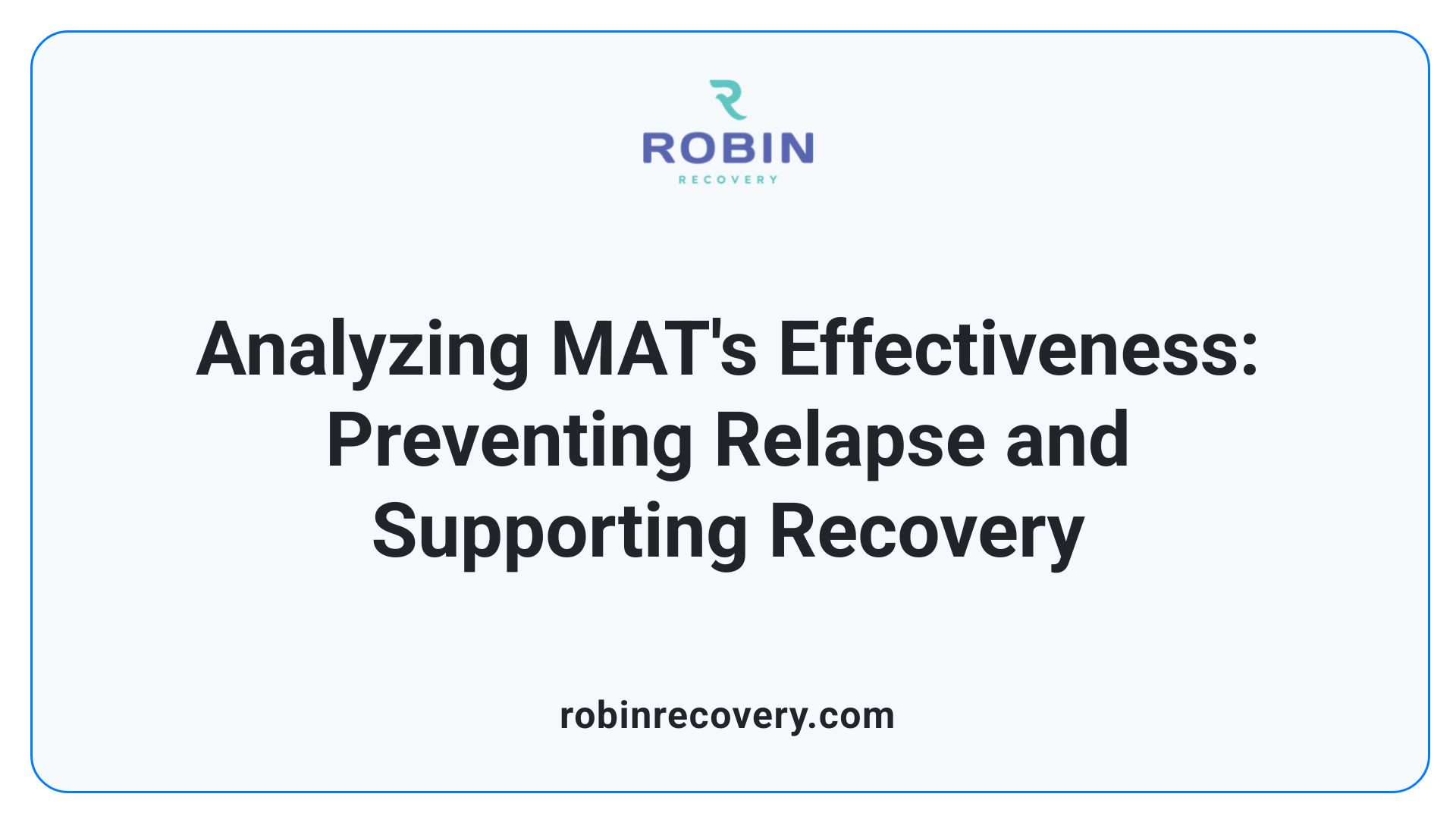
How effective is Medication-Assisted Treatment (MAT) in preventing relapse for opioid addiction?
Medication-Assisted Treatment (MAT) is highly effective in managing opioid addiction and significantly reduces relapse rates. Without medication, the relapse rate for opioid addiction can soar to 90% within a year. However, when utilizing MAT, which includes medications like Naltrexone, Buprenorphine, and Methadone, these rates drop to approximately 40-50%.
MAT functions by helping individuals stabilize their brain chemistry and reduce cravings, allowing them to engage more effectively in therapeutic practices that promote recovery. Moreover, studies indicate that 63% of individuals from detoxification programs express a desire for MAT, highlighting a strong interest in medical support for addiction.
Comparison with non-MAT approaches
Numerous comparisons have shown MAT’s advantages over non-drug approaches. For instance, patients receiving MAT demonstrate a lower risk of relapse, improved treatment adherence, and better health outcomes overall. In fact, studies show that individuals on MAT experience relapse rates of about 35% compared to 61% for those using placebo treatments. The integration of medications with counseling and behavioral therapies notably enhances retention in treatment programs, making MAT a comprehensive and effective strategy for overcoming opioid dependence.
How MAT Functions in Opioid Addiction Treatment
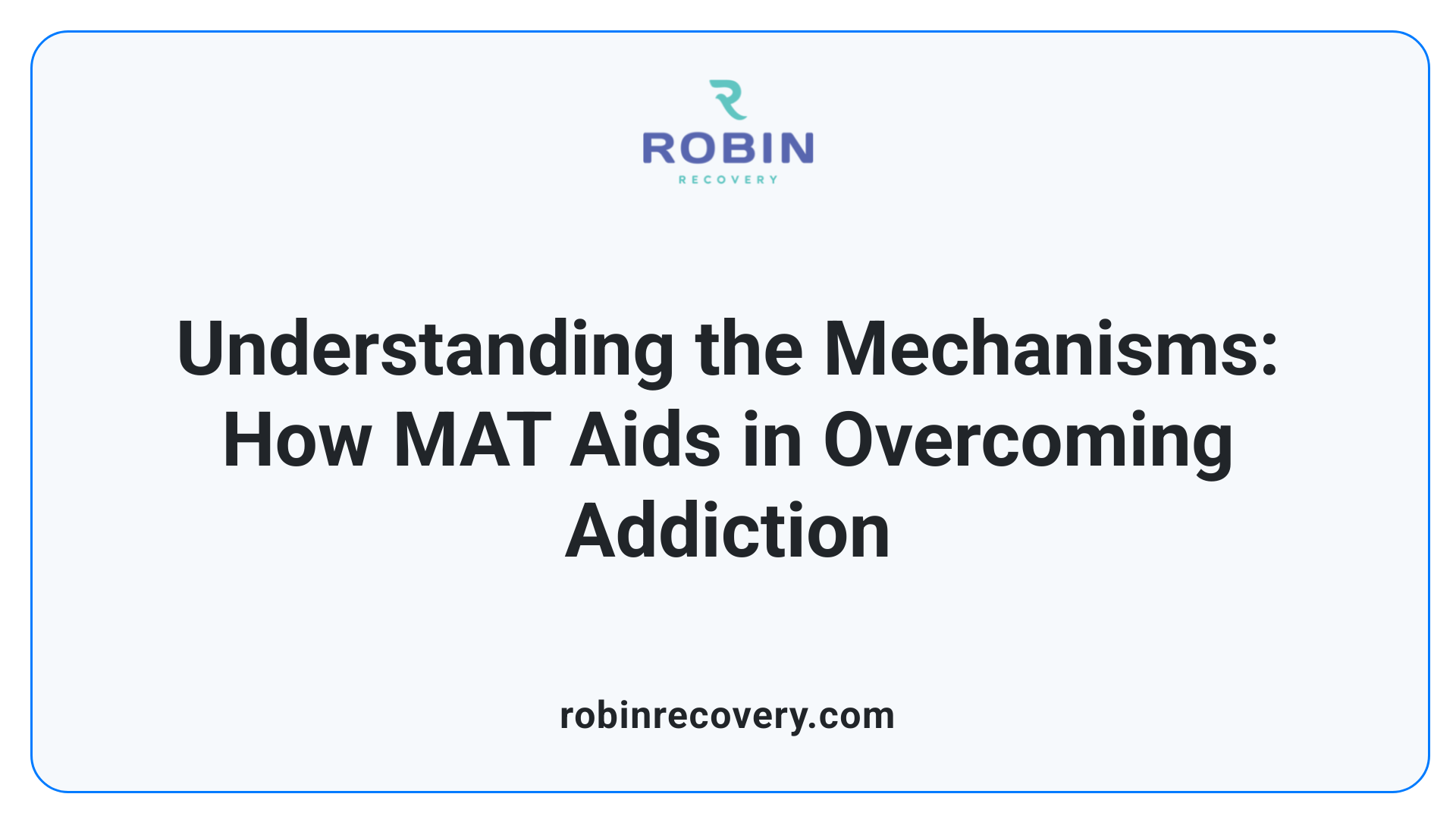
What are the benefits and mechanisms of MAT in opioid addiction treatment?
Medication-Assisted Treatment (MAT) provides crucial benefits for individuals grappling with opioid addiction. This strategy employs FDA-approved medications, including methadone, buprenorphine, and naltrexone, to effectively manage both cravings and withdrawal symptoms. Specifically, methadone and buprenorphine are instrumental in maintaining opioid tolerance, which significantly mitigates the risk of overdose—reducing it by about 50%.
The mechanisms of these medications focus on normalizing brain chemistry. By binding to opioid receptors in the brain, they help alleviate symptoms associated with withdrawal, thereby enabling individuals to concentrate on their recovery process without the constant distraction of cravings. This stabilization also fosters improved engagement in counseling and behavioral therapies, which are essential for long-term recovery.
What is the impact of MAT on cravings and withdrawal?
MAT’s impact on cravings and withdrawal symptoms cannot be overstated. It alleviates discomfort and reduces the intense cravings that commonly lead to relapse. When individuals start MAT, they often report a significant drop in both physical and psychological distress, allowing them to focus on building coping strategies and rebuilding their lives.
Enrollment in MAT increases treatment retention rates by 75%, indicating better adherence to ongoing recovery plans. This sustained commitment is vital; without ongoing treatment, the risk of relapse escalates, with studies indicating that relapse rates can spike back to 90% when medications are discontinued.
What is the effect of MAT on risk behaviors?
MAT also plays a pivotal role in decreasing risky behaviors often associated with opioid addiction. By reducing opportunities for substance misuse, MAT significantly lowers the prevalence of behaviors that could lead to contracting diseases like HIV and hepatitis C. This reduction not only supports individual health but encourages safer practices in social interactions.
Overall, MAT’s combination of medication and integrated support strategies empowers individuals to navigate the complexities of recovery while minimizing the risks associated with relapse and risky behavior.
Integrating MAT with Psychosocial Therapies
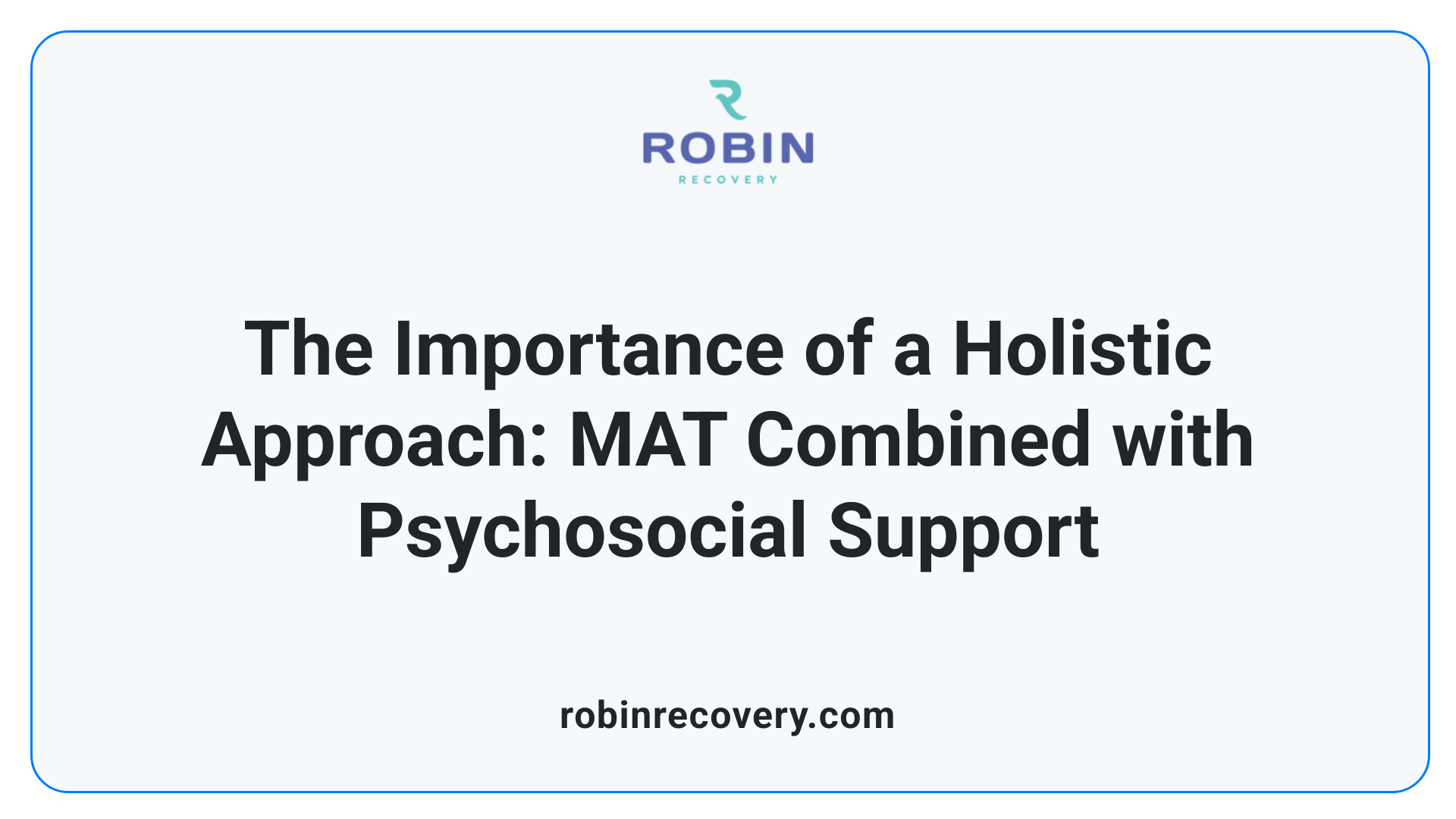
Why is it recommended to combine MAT with psychosocial therapies?
Combining medication-assisted treatment (MAT) with psychosocial therapies is recommended because it effectively addresses both the physical and psychological aspects of addiction. This approach leads to significantly improved recovery outcomes. Psychosocial supports not only enhance the effectiveness of MAT but also tackle critical issues related to behavior, social interactions, and mental health, which are vital for patient engagement and adherence to treatment.
Importance of psychosocial support
Psychosocial support is essential during the recovery process as it helps stabilize patients emotionally and socially. Techniques such as Integrated Cognitive Behavioral Therapy (ICBT) can reduce drug misuse and improve overall wellbeing, particularly in those who have co-occurring disorders like PTSD. Ensuring that patients have a solid support network promotes a more profound commitment to recovery.
Case for integration
Research indicates that patients receiving psychosocial support alongside MAT have lower treatment discontinuation rates and better retention. This becomes especially crucial during high-risk periods, where the likelihood of relapse is significant. The integration of MAT with psychosocial therapies fosters a holistic framework essential for comprehensive care.
Resulting improvements in outcomes
Studies show that the combination of MAT with behavioral therapies leads to notable improvements in treatment adherence, reduced substance use, and enhanced mental health. Patients engaged in this integrated approach are more likely to experience sustainable recovery and a decreased risk of relapse, contributing positively to their overall quality of life. By addressing both medical and psychological needs, this dual approach ultimately establishes a strong foundation for long-term recovery.
Medications Commonly Used in MAT
Overview of Methadone, Buprenorphine, Naltrexone
Medication-Assisted Treatment (MAT) incorporates several FDA-approved medications to combat substance use disorders, especially opioid dependency. The three primary medications include:
| Medication | Description | Key Benefits |
|---|---|---|
| Methadone | A long-acting opioid agonist that helps alleviate withdrawal symptoms and cravings. | Recognized as the gold standard, it has high retention rates (up to 60%). It can be started during any withdrawal stage. |
| Buprenorphine | A partial opioid agonist that masks withdrawal symptoms and controls cravings. | Known for its safety, it can be initiated and maintained in primary care settings and is effective in reducing relapse rates. |
| Naltrexone | An opioid antagonist that blocks the effects of opioids. | Extended-release formulations lead to improvements in quality of life; however, specific adherence challenges exist with the oral form. |
How these medications work in MAT
These medications play various roles in stabilizing patients:
- Methadone reduces opioid cravings and withdrawal symptoms, allowing focus on recovery processes.
- Buprenorphine decreases the intense cravings associated with withdrawal, making it easier for individuals to engage with therapeutic supports and counseling.
- Naltrexone effectively blocks the euphoric effects of opioids, deterring consumption and reducing relapse risk by addressing the psychological aspect of cravings.
This integrated approach, with medication assisting psychosocial interventions, enhances the likelihood of maintaining sobriety and achieving long-term recovery.
Addressing Misconceptions About MAT
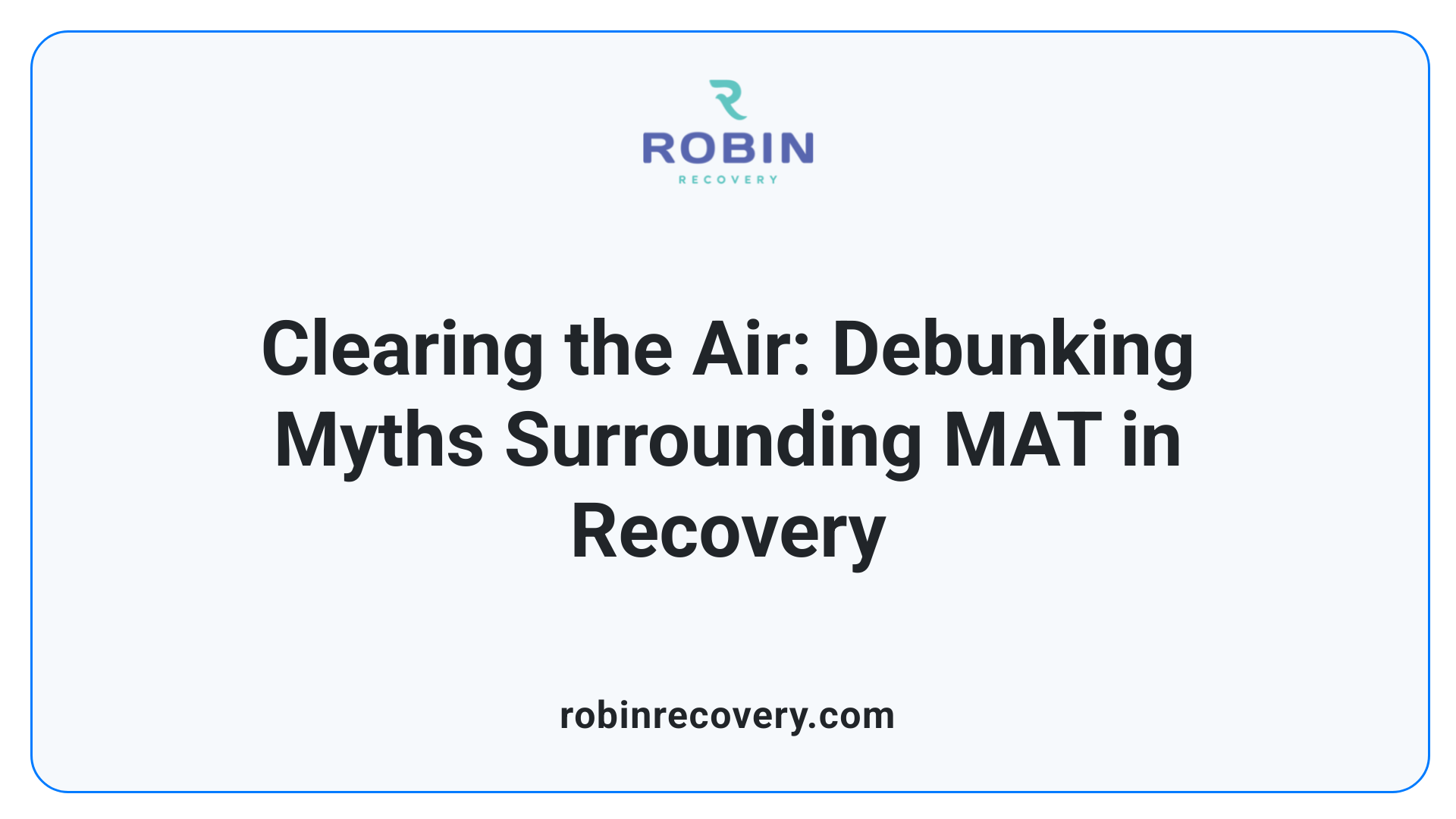
Understanding MAT's Role
Medication-Assisted Treatment (MAT) is often shrouded in misconceptions. A common belief is that MAT simply replaces one addiction with another, but this is misleading. In truth, MAT medications such as methadone and buprenorphine work to stabilize brain chemistry and diminish cravings, allowing individuals to focus on rebuilding their lives rather than battling withdrawal symptoms.
Debunking Myths
These misconceptions extend to the belief that MAT is only a short-term solution. However, MAT can be a long-term, adaptable treatment that evolves with individual needs, significantly minimizing relapse risks. Furthermore, some view sobriety as incompatible with MAT, failing to recognize that a fulfilling life can coexist with MAT in recovery. Lastly, MAT shines brightest when combined with counseling and behavioral therapies. This dual approach fosters comprehensive recovery, allowing patients to better manage triggers and sustain long-term sobriety.
| Myth | Truth | Impact |
|---|---|---|
| MAT substitutes one addiction for another | MAT stabilizes brain chemistry and reduces cravings | Enables life rebuilding |
| MAT is just a short-term solution | MAT can be a long-term, tailored treatment | Reduces relapse risk |
| Sobriety and MAT are mutually exclusive | MAT can aid in fulfilling life while recovering | Promotes well-being |
| MAT works best alone | MAT is more effective with counseling | Enhances recovery outcomes |
MAT's Impact on Public Health and Society
Reduction in Overdose Deaths
Medication-Assisted Treatment (MAT) plays a critical role in reducing overdose deaths associated with opioid use disorder. Research indicates that participation in MAT can decrease mortality rates by up to 75% compared to individuals not receiving treatment. Furthermore, MAT has been shown to cut overdose deaths by approximately 50%, highlighting its importance in comprehensive addiction treatment strategies.
Influence on Public Safety
The benefits of MAT extend beyond individual health, positively influencing public safety. By significantly reducing illicit drug use, MAT contributes to lower rates of violent crimes and improves community health. Moreover, studies show that MAT addresses broader societal issues by enhancing life expectancy and reducing child neglect, ultimately fostering a safer environment for everyone.
| Benefit Type | MAT Impact | Societal Influence |
|---|---|---|
| Reduction in Overdose Deaths | 50% | Decreases public health risks |
| Decreased Mortality Rate | 75% | Improves quality of life |
| Reduced Illicit Drug Use | Significant | Lowers crime rates |
| Enhanced Life Expectancy | Overall health | Creates a stable community environment |
Long-Term Recovery and MAT Support
Role of MAT in Long-Term Recovery
Medication-assisted treatment (MAT) plays a pivotal role in supporting long-term recovery from substance use disorders. By integrating FDA-approved medications with counseling and behavioral therapies, MAT significantly normalizes brain chemistry. This stabilizing effect helps individuals manage cravings and withdrawal symptoms, making it easier to participate in therapeutic activities that promote recovery.
Notably, studies show that individuals undergoing MAT can achieve higher retention rates in treatment—75% higher, according to SAMHSA—compared to those who do not receive this support. This increased retention is crucial because maintaining consistent treatment engagement directly correlates with better long-term outcomes, such as increased abstinence and lower relapse rates.
Patient Experiences and Success Stories
Many patients have shared their positive experiences with MAT, highlighting how it helped them navigate the challenges of recovery. For instance, 84% of participants in a study on MAT reported remaining abstinent one year post-enrollment, emphasizing MAT's effectiveness. Additionally, individualized treatment plans contribute to customized support that resonates with patients, increasing their motivation to stay in care.
Success stories abound of individuals who, thanks to MAT, have improved their social functioning, employment stability, and overall quality of life. As they journey through recovery, they often speak of newfound relationships and opportunities that seemed unattainable before receiving MAT support.
Stakeholders and Improving MAT Accessibility
Role of policymakers and healthcare providers
Policymakers play a crucial role in enhancing the accessibility of Medication-Assisted Treatment (MAT). They can establish regulations that simplify the process for healthcare providers to offer MAT and ensure sufficient funding is allocated to these programs. Additionally, policies that promote the integration of MAT into primary care settings can increase its accessibility.
Healthcare providers, including doctors and mental health professionals, are essential in discussing MAT options with patients. Their training and willingness to prescribe FDA-approved medications will directly impact the availability of MAT in various communities. Creating a supportive network among providers can further enhance access and patient engagement.
Barriers to accessing MAT
Despite its effectiveness, several barriers hinder access to MAT. These include:
- Stigma: Negative perceptions about addiction can deter individuals from seeking treatment.
- Limited availability: Not all regions have MAT programs, especially rural areas.
- Insurance issues: Access to MAT can be restricted by insurance coverage limitations.
- Regulatory constraints: Some strict regulations limit who can prescribe certain medications, complicating access unnecessarily.
Addressing these barriers through education, improved policies, and incentives for providers will be key to increasing MAT accessibility for individuals in need.
Future Directions for MAT
Innovations in MAT
As the landscape of addiction treatment evolves, medication-assisted treatment (MAT) is at the forefront of innovative approaches. Recent trends highlight the integration of telehealth services, making MAT more accessible for individuals in remote areas. Digital therapeutics, including mobile apps, are also being developed to provide ongoing support and education, enhancing patient engagement and adherence to treatment plans.
Another innovation involves expanding the types of medications used in MAT. Beyond traditional options like buprenorphine and methadone, ongoing research seeks to identify new pharmacological agents that can provide relief from cravings and withdrawal symptoms more effectively, thereby improving overall treatment outcomes.
Addressing Treatment Gaps
Despite the effectiveness of MAT, treatment gaps persist. Many individuals who could benefit from MAT remain unaware or lack access to these essential services. Efforts are being made to raise awareness about MAT's benefits among healthcare providers and the general public.
Furthermore, ensuring adequate training for practitioners in utilizing MAT is crucial to bridging these gaps. Enhancing collaboration between healthcare systems and community organizations will be vital to create a comprehensive support network, allowing for more effective recovery strategies and ultimately reducing relapse rates.
The Path Forward for MAT in Relapse Prevention
Medication-Assisted Treatment represents a beacon of hope in managing opioid addiction and reducing relapse risks. When aligned with psychosocial therapies, MAT not only improves individual health outcomes but also contributes to broader public health benefits. Continuing to break down barriers to access while addressing misconceptions will be crucial to enhancing MAT's reach and effectiveness. Research, policy support, and community engagement will play pivotal roles in ensuring that more individuals can avail themselves of the lifesaving potential that MAT represents.
References
- Medication Assisted Treatment (MAT) - American Addiction Centers
- Perceived Relapse Risk and Desire for Medication Assisted ...
- Medication Assisted Opioid Addiction Treatment - Michigan Medicine
- Medication-Assisted Treatment: Pros and Cons of MAT for Recovery
- A Comparison of Medication-Assisted Treatment Options for Opioid ...
- Medication-Assisted Treatment Improves Outcomes for Patients With ...
- Medications for Substance Use Disorders - SAMHSA
- Medication-Assisted Therapy In Addiction Treatment
- Does MAT Reduce Relapse? | Comprehensive Wellness Centers
- How Can MAT Help Prevent Relapse? - BrightView
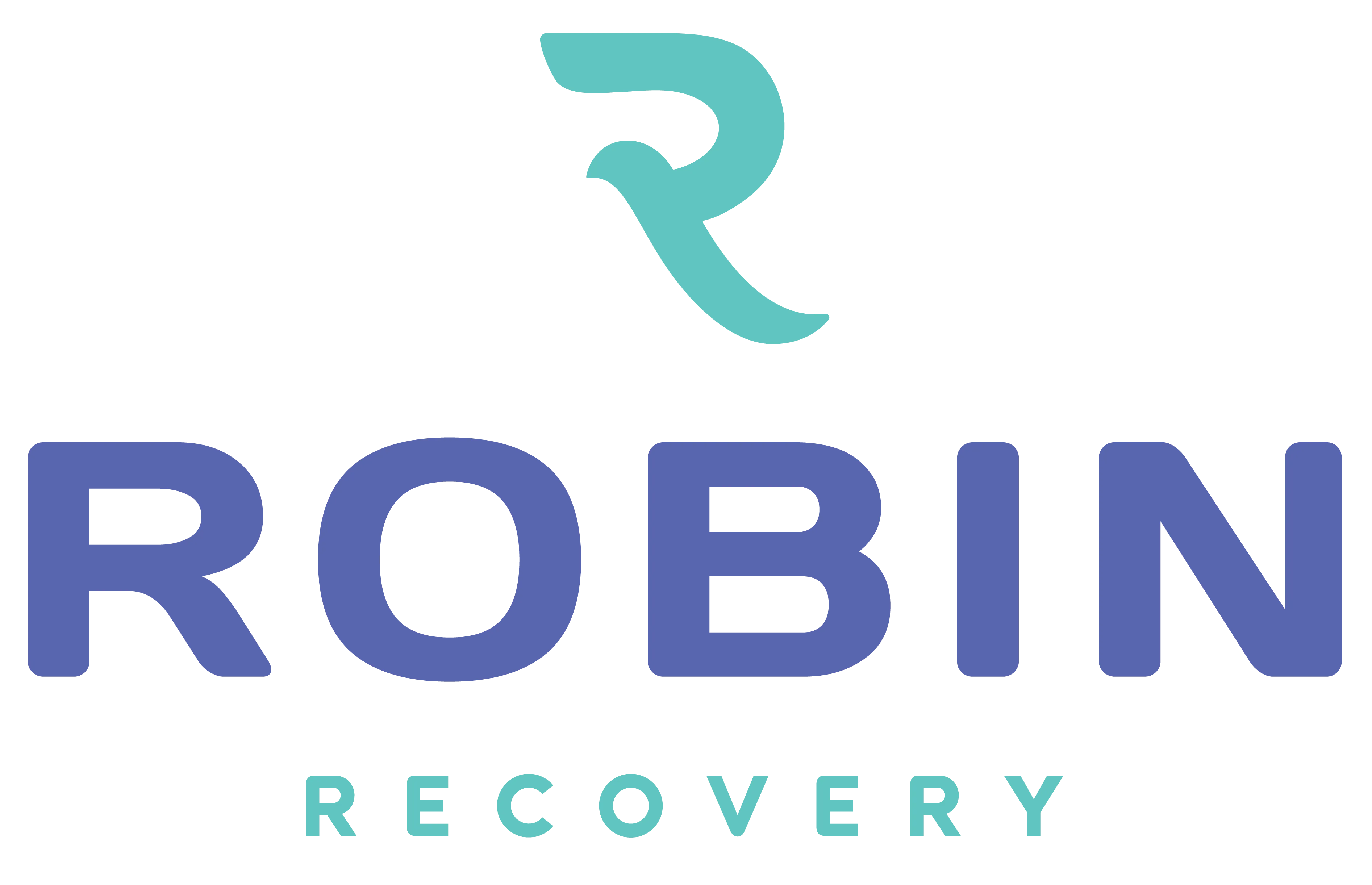
.svg)

.svg)

.svg)
.svg)






































































































